Posted on Mon 6 Jun 2011
A meeting with Mr Troscianko
Had a fascinating meeting with Tom Troscianko up at Bristol University. Tom's many talents extend to perception, cognition, and action. I had wanted to chat to someone more learned and experienced about cognition and performance. In particular to perhaps get some insightful and practical advice on…

Posted by
Had a fascinating meeting with Tom Troscianko up at Bristol University. Tom's many talents extend to perception, cognition, and action. I had wanted to chat to someone more learned and experienced about cognition and performance. In particular to perhaps get some insightful and practical advice on methodology and theory.
After picking my brains about what I was up to Tom and I went through a few different subjects. We touched on using smoke and other effects to reduce sense of depth and to provide heightened contrast, amongst many other things. However the one that really stood out for me was strobe rates.
Strobing is a word probably to simplistic and slightly out of context (sorry Tom). Tom was describing the effect of being flashed chunks of visual information. Editors use it in films constantly. In fact Tom pointed out that in the first James Bond the initial scenes average shot time was just 0.8 seconds. What was really interesting though was the experiments that Tom had conducted that showed rather than simply a sense of excitement or confusion it actually induced a greater sense of presence within the narrative. His studies actually showed that at the right rate the visual frequency/cut rate would have an effect irrelevant of the quality of editing. It simply heightened someones sense of 'being there'.
I'm guessing this is going to come through heightened concentration and a greater reliance on immediate reactions. This aside it was interesting to hear that Tom had looked at the figures behind optimums and also developed a method for assessing peoples sense of presence when conducting his experiments. I would hope we could take this and use it as one way of quantifying the effects of some of the devices that we use.
More than anything else the definition of presence Tom has described for me sums up what we are trying to achieve with the technology. Increase the audiences sense of presence in narrative and the performance.
Posted by tomburton
